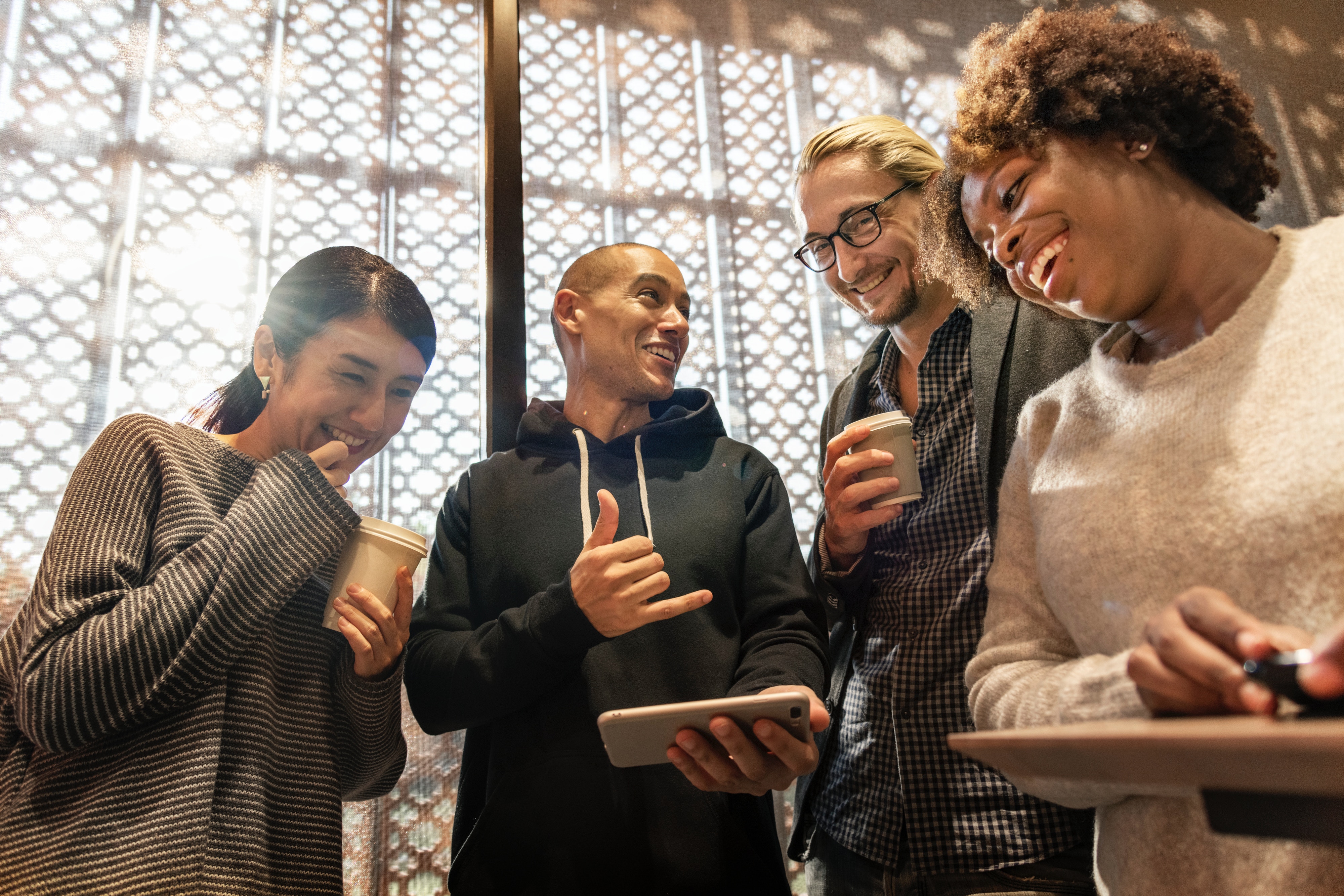In order to build a more sustainable mobility, the EU-led initiative Ch4llenge recognizes the need to include citizens in decision-making and shif the paradigm of how mobility is conceived. In this regard, citizens can participate as co-creators in four (4) ways: as explorers, ideators, designers and diffusers of the construction of public services.
In the second part of this two-piece article, the focus will be drawn to how citizens are being included in the latter two processes. As daily users of mobility services, citizens understand the details of their functioning, as well as the challenges and the benefits it brings to their lives. Including citizens in the design and diffusion of mobility initiatives does not only inform and democratize these processes, but can also create more adequate and effective policies.
In order to read the first part of this article, please click here.
Citizens as designers and diffusers
Multiple efforts exist to include citizens as key players in the design of urban mobility. One of the ways to encourage the participation of citizens is by developing mechanisms in the planning process; workshops and activities which take place during the development, implementation and diffusion (communication) processes. As mentioned in a previous SUM Insights post this is being encouraged by the European Commission, which includes citizen participation throughout the planning process as one of the main guidelines for the formulation of Sustainable Urban Mobility Plans (SUMPs).
Likewise, the initiative Cities4People People Oriented Transport and Mobility, led by the European Union (through the H2020 programme) has chosen 5 different communities within the EU, located in Oxfordshire, Hamburg, Istanbul, Budapest, Trikala to co-design solutions with citizens. This initiative is guided by the principle of People Oriented Transport and Mobility (POTM); which utilizes digital technologies and social innovation to empower communities and produce “bottom-up and transparent procedures (that) are able to produce urban mobility innovation”. This process takes place in “labs” located in each of the 5 locations, groups of citizens which gather to design, prototype, pilot and scale-up urban mobility solutions.
The solutions that have been implemented in the 5 locations include:
- Promotion of active travel
- Traffic reduction strategies
- Affordable and quality travel options
- Travel information provision and literacy
- Emission and noise control strategies
- Speed control strategies
Cities4people recognizes that each community and location is different and hence, the methodology implemented is not fixed but variates according to the location. To facilitate the process, the initiative has provided each “lab” a set of communication and voting tools which they can choose from to design and communicate their initiatives. These include: online deliberation platforms, online election tools, collaborative decision-making platforms, open source survey tools, etc.
A 5th way in which citizens can co-create urban mobility
Citizen feedback is crucial to ensure the long-term implementation of urban mobility initiatives. As in the four processes previously explained, co-creation can also be beneficial in the way in which urban mobility initiatives are assessed after being implemented.
In this regard, Cities4people also aims to expand the co-creation with citizens and place them as key players in the assessment of the initiatives. For this, they are developing the Core Outcome Set (COS) methodology, in which citizens in a “lab” agree on the standardization of “indicators and metrics (…) to understand the degree of success of implemented measures.” To determine the aspects that will be measured, feedback is received through series of sequential anonymous questionnaires which gather citizen’s own experience after interacting with the urban mobility initiatives implemented in their cities.
The full potential of co-creation in urban mobility has to be further explored. However, the initiatives introduced in this two-pieced reveal that both physical and digital tools can be implemented in co-creation, and these can provide multi-layered solutions which respond to citizens’ real needs. This relevant topic will be introduced and discussed in many sessions of SUM Bilbao 19 Congress as involving citizens is a key component in moving towards a more inclusive and sustainable mobility.




















